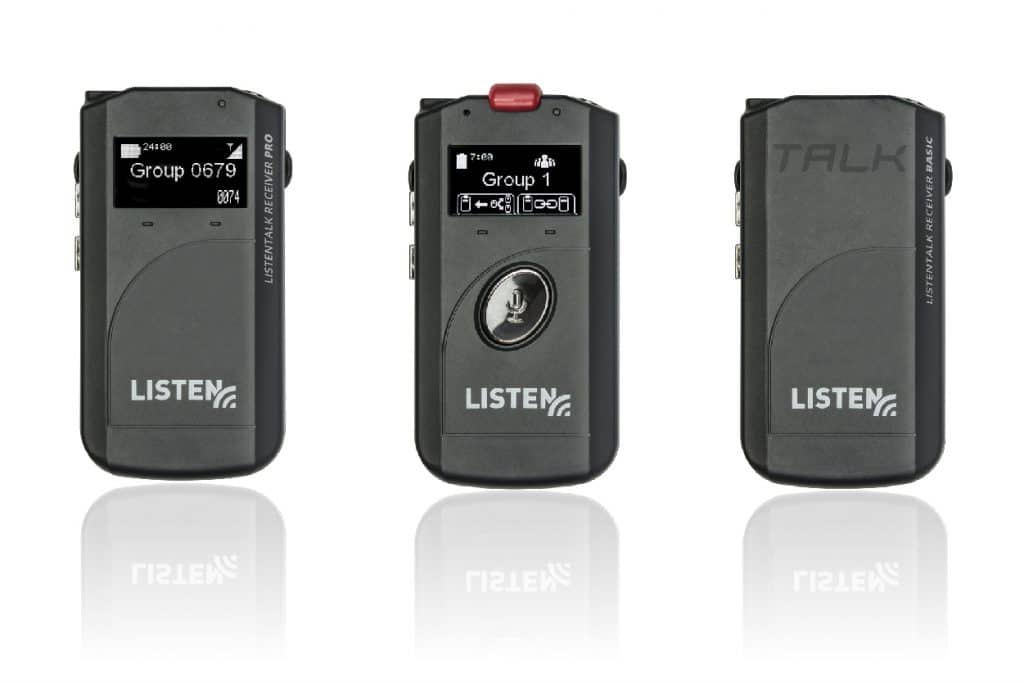A study published in May by Nobel Prize-winning physics professor Carl Wieman suggests that teaching methods using interactive technology can be far more effective than traditional lectures.
Wieman found that students who were taught physics using interactive methods at the University of British Columbia scored about twice as high when tested as those attending traditional lectures on the same material. That was true even if the lectures were delivered by far more experienced teachers.
The interactive method he used involved short, small-group discussions, demonstrations, question-answer sessions and electronic quizzes that gave instructors real-time graphic feedback on what students had and had not learned successfully.
The study confirms what many teachers know intuitively – but the question remains, what kinds of interactive technology are most effective in the classroom?
The experience of Conference Technologies customers suggests that there are six key technologies that you should be using in your school or training program.
1. Student Response Systems
An important advantage for Weiman’s instructors was the student response system he used. There are quite a number of these systems on the market, but in essence, each gives an instructor the ability to ask a multiple choice or true/false question during class and get immediate feedback on student comprehension. If the percentage who answers correctly is high, it’s time to move on to new material. If it’s low, the instructor can spend more time on the topic. It’s a simple idea, but as the Weiman research shows, it can be extremely powerful.
2. Collaborative Learning
Weiman also put an emphasis on small-group discussion during class time. One trend we’re seeing is the use of collaborative learning systems to enhance group activities.
For example, we recently installed a system at Middle Tennessee State University using Tidebreak ClassSpot software. With Tidebreak, students working on laptops plugged into the network can each take over a shared machine with a large-screen display, collaborating on documents, opening websites, sharing files or making presentations to the full class.
Some of our corporate customers use Microsoft LiveMeeting to share files among group members in training sessions. The nice thing about this setup is that students can work together from different locations in a distance learning environment.
Our elementary and high school customers most often choose SMART’s Bridgit software to provide similar capabilities. Bridgit allows students to share screens, voice, and video and work on shared documents, whether together in a classroom or across a distance learning connection.
The great power of collaborative systems is engagement. Used thoughtfully, they can help students pay more attention in class and take ownership of the material they are asked to learn.
3. Voice Lift
University professors have been using wireless mic systems in lecture halls for many years, but research indicates that voice reinforcement can be very valuable in standard classrooms as well. Special Ed teachers began the trend, finding that students with learning disabilities did a lot better in class when teachers used sound systems to moderately increase their voice levels. Further research suggests that almost anyone can benefit, whether children or adults, gifted or learning disabled when the instructor’s voice is reinforced.
Listen, Extron and other manufacturers now offer low-cost classroom solutions based on a pendant microphone with an infrared transmitter and a ceiling speaker with a receiver built in.
4. Recording & Streaming
More and more educators are adding cameras, microphones, and servers to classrooms to stream video to students live or on demand. Several of our corporate clients use the technology to train staff in distant locations. Universities are recording classes for students who can’t be present or who attend but wish to review difficult material. Elementary and high schools webcast classroom sound and video to home-schooled children.
Among the more interesting new streaming products is the LifeSize Video Center, which can reduce HD recording and stream to single-button simplicity; 323link’s Educast, which simplifies audio, video and multimedia webcasts, and the NewTek TriCaster, which is aimed at more production-savvy users, including audio/video production classes.
5. E-books & Tablet PCs
With the price of e-book readers and some tablets now roughly equal to that of many textbooks, it only makes sense to move written classroom materials to an electronic format.
As schools begin to do so, students will use e-readers to access webcasts, input answers into response systems, and collaborate in many ways. At CTI, we’re expecting to begin integrating tablets and e-readers into classroom AV systems within the next two years, and we’re encouraging our customers to begin planning for their use now.
6. Unified Classroom Communications
The influx of tablets highlights a trend toward unified technologies that combine collaboration, streaming and other educational applications into single or closely-related systems.
For example, the Promethean ActivClassroom, which is very popular in Europe, ties learner response systems and voice reinforcement to interactive whiteboards and an open source library of educational software and activities.
AMX has introduced an extremely interesting product in SchoolView, which streamlines and controls multiple technologies including two-way paging, video-on-demand, AV controls, security and surveillance, emergency notification, even school bells in a single system. Because it uses an integrated platform, the cost of design, installation, and maintenance can be much lower than with separate systems. Because it’s IP-based, flexibility and scalability are high.
Are traditional teaching methods dead?
No, I don’t believe they are or should be. But interactive technology is enhancing what teachers can do and how effective they can be. There’s much to gain from the thoughtful use of these six core technologies.
John Laughlin, CTS, is president and CEO of Conference Technologies, Inc., a provider of audio-visual design, integration, video conferencing, rental solutions, and technical service support, with nine offices throughout the United States.



